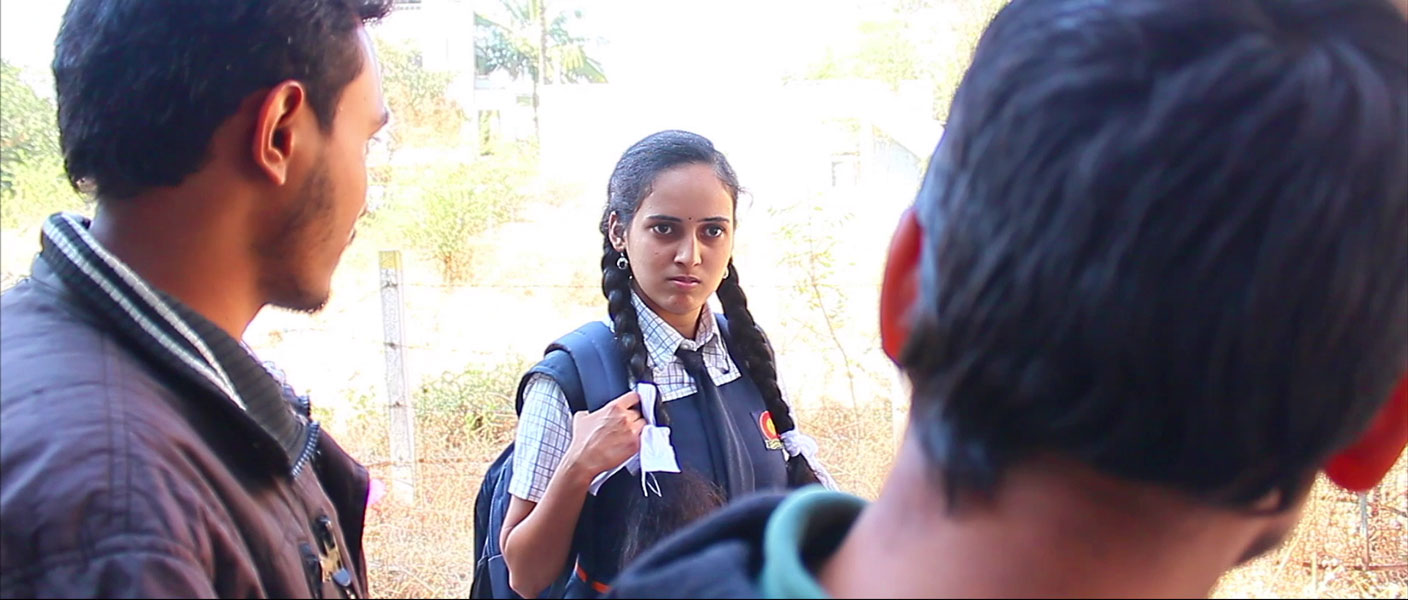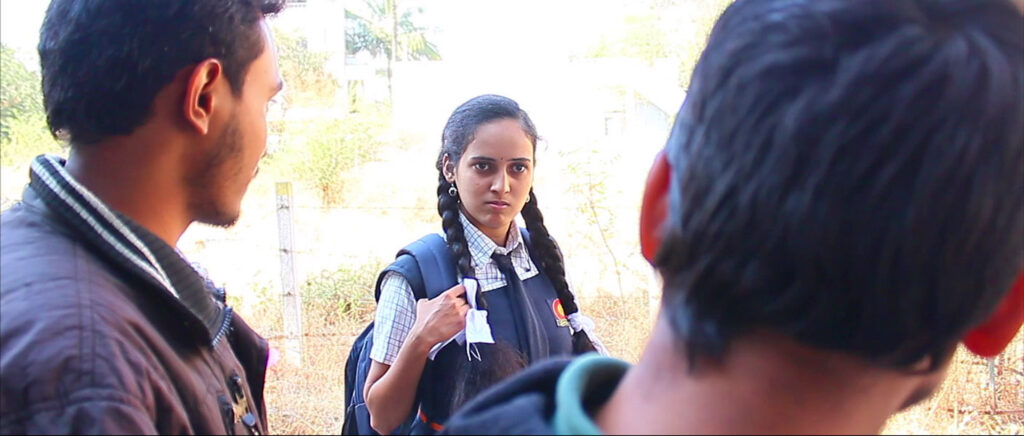Making movies can be exciting, engaging, epic, heartfelt, purposeful… and that’s what young film students from 17 colleges across Maharashtra discovered as they created short films to sensitise viewers about the heinous, yet completely invisible, crime of child abuse. Eight months later, as everyone gathered in Mumbai for a special screening, film-after-film brought up sombre yet subtle nuances of the kind of abuse that children and young people encounter in their everyday lives. Dramatic, sincere, reflective, and inspirational, the movies achieved what they had set out to do — raise awareness and spark a conversation around addressing child abuse.

The films were made for a short film competition organised by the UNICEF in Maharashtra, to raise awareness on violence against children and motivate the youth to understand and speak up for child rights. To equip them to embark upon a rewarding cinematic journey, the participants — students of mass media, who are relatively new to the process of film-making — underwent a one-day workshop that not only covered important technical basics, but also relevant information on what qualifies as child abuse, how to create sensitive on-screen portrayals, maintain confidentiality, adhere to the protocols of working with child actors and be mindful of ethics.
Corporal punishment is a serious child rights violation. Boys are thrashed more than girls, and beating children over poor academic performance was more common in urban areas than in the countryside.
According to Shreyas, a student filmmaker, “Exploring the available material on cyber bullying, corporal punishment and child sexual abuse (CSA), the three themes under which the short films had to be made, proved an eye-opener. Researching for the project was very emotional and gut-wrenching. But more importantly, the competition presented us an opportunity to do something about it and take a stand.”
CSA emerged as the dominant theme, with impactful, creative narratives effectively conveying the pain and trauma of children who are caught unawares and unable to convey their fears. Interestingly though, the helplessness almost always gave way to knowledge, empowerment and hope.
The films that caught the attention of the three-member jury comprising filmmaker and screen-writer Urmi Juvekar, National Award-winning
critic Ashok Rane, and writer-director Ganesh Pandit, were ones that expanded on the theme, focusing on concerns that are not immediately perceived as abuse. The winning entry, for instance, addressed the issue of body shaming, a subtle yet increasingly common form of abuse. Thank You Letter by students of the Mumbai-based R D National College, despite being made by first-timers, packed quite a punch, with its stark, black-and-white images and poignant script.
According to Juvekar, “The competition has been successful in motivating youngsters to deliberate on an important subject and join forces to make something meaningful. Although, of late, CSA has been getting lot of space in the press and other media, it’s crucial to encourage young people to look at the lesser discussed aspects of abuse as well. Take cyber bullying; it’s a crime that is rapidly on the rise and is directly connected with them.”
For the participants, the process of making the films turned out to be an educational experience in every way. For example, most of them admitted that whereas they had always thought that beating children was normal, they were truly surprised to learn that corporal punishment is a serious child rights violation. Their research threw up more surprises. A team interviewing children on corporal punishment discovered that boys are thrashed more than girls, and that beating children for poor academic performance was more common in urban areas than in rural ones.
Apart from their limited understanding of the gamut of issues that come under the subject of child rights, there was another tough challenge that most teams had to encounter before they even got down to shooting — first, convincing parents to let their children act in the film and later explaining to the kids how to act in scenes, especially those that depicted sexual abuse. “It was not easy to elicit performances out of children, as they were simply unable to comprehend the concept. By the end of the project, we had learnt so much about rights; we have started perceiving ourselves and the world differently,” said Vaidehi Joshi of HPT College, Nasik. Her team won the second and third prizes. Their mentor Megha Vaidya, who teaches television journalism at HPT College said, “My entire class of 40 students worked together to produce five films, two of which — Going Back Home, which deals with eve-teasing, and Scratch, on sexual harassment — won prizes.”
Just like Megha, Rane felt such a rich experience will help budding filmmakers make quality films later in life. Offering the participants some constructive advice, he said, “Taking slick camera shots is not the same as making a film. It must share some insights about life. For newbies, it’s crucial to watch good films, read good literature and have great exposure to the right issues that can be brought before people in a sensitive manner.”
The film project was a huge learning curve for someone like Sandeep Rathod of MGM College, Aurangabad, for whom everything from making a film to coming to Mumbai for the awards event was no less than a landmark. “I come from a peri-urban area and do a part-time job besides going to college. Never had I imagined I would get to make a film and learn so many life lessons in the process. This project taught my friends and me to treat girls with dignity and speak up for children’s rights, particularly when someone misbehaves with them. I have now decided to continue to do socially relevant work in the future and use my talent to do some good,” he said.
If movies are a reflection of real life, even though more dramatic, larger-than-life, then these youngsters have created montages and told stories that inform, sensitise and jolt viewers into recognising and taking action against the largely invisible crime of child abuse and violence. Some visuals linger on long after the screen’s gone blank — a child beating her teddy bear to pulp in front of horrified guests; a teenage girl putting aside her overwhelming sense of helplessness and standing up to eve-teasers; a handshake from which the girl is desperately trying to disengage; a little boy who firmly pushes away a man who’s trying to get handsy with him. Dramatic, sincere, reflective, deliberate and inspirational, the movies have definitely achieved what they had set out to do — raise awareness and spark a conversation around addressing child abuse.
(© Women’s Feature Service)







